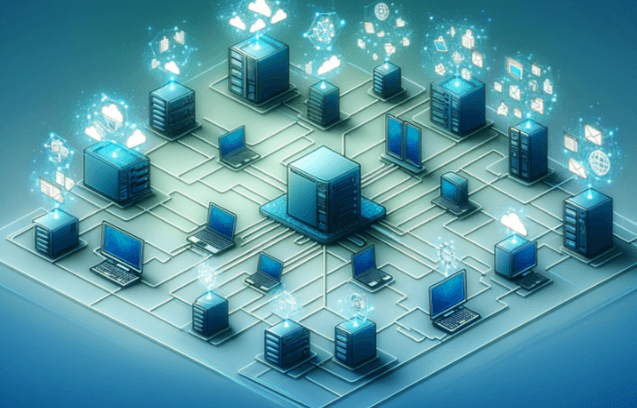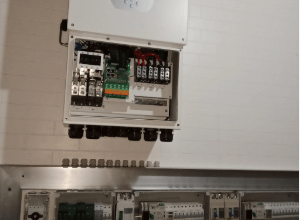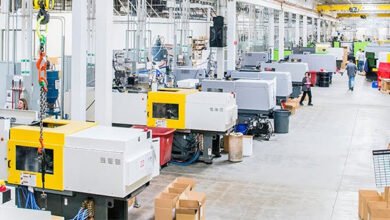How are edge computing and IoT converging to reshape data processing and real-time analytics?

Understanding the Basics: What Are Edge Computing and IoT?
The Internet of Things (IoT) refers to the vast network of devices that communicate and exchange data with each other over the internet. These devices range from simple household gadgets to sophisticated industrial tools. Edge computing, on the other hand, involves processing data near the source of data generation rather than relying solely on a centralized data center. This proximity to data sources can significantly enhance the efficiency of data processing.
The Convergence of IoT and Edge Computing: A Synergistic Relationship
As IoT devices multiply, the volume of data they generate is enormous and continues to grow exponentially. Processing this data centrally in the cloud can lead to latency issues and bandwidth limitations. Edge computing addresses these challenges by bringing computational power closer to the data sources, which is especially beneficial for real-time applications that rely on instant data processing and decision-making.
Enhanced Real-Time Data Processing
In scenarios where immediate action is required based on real-time data, edge computing plays a pivotal role. For instance, in autonomous vehicles, real-time data processing regarding traffic conditions, obstacle detection, and vehicle behavior is critical and can be efficiently handled by edge computing frameworks.
Improved Data Privacy and Security
By processing data locally at the edge, sensitive information does not need to be transmitted over long distances, reducing the exposure to potential breaches and attacks. This local processing approach can significantly enhance data security and privacy, a vital consideration for many industries including healthcare and finance.
Reduced Bandwidth and Lower Costs
Transmitting large volumes of data to the cloud can be costly and strain bandwidth. Edge computing reduces the need for this extensive data transmission by handling significant amounts of data processing locally, thus minimizing bandwidth usage and associated costs.
Scalability and Flexibility in IoT Deployments
Edge computing offers the flexibility to handle increasing amounts of data by simply adding more edge nodes. This scalability is crucial for IoT environments, where the number of connected devices can escalate rapidly.
Real-Time Analytics and Decision Making
With the ability to process data locally, edge computing enables real-time analytics and faster decision-making without the latency that would be involved with cloud processing. This capability is crucial in industries like manufacturing and healthcare, where immediate decisions can lead to improved operational efficiency and patient care.
Case Studies: Success Stories of IoT and Edge Computing
Several industries have successfully implemented IoT and edge computing. For example, in manufacturing, edge devices monitor equipment performance and predict failures before they occur, preventing costly downtime. In agriculture, IoT devices equipped with edge computing capabilities monitor soil conditions and crop health, enabling real-time decisions that enhance yield and reduce waste.
Challenges and Considerations
Despite the benefits, the convergence of IoT and edge computing presents challenges such as managing the complexity of IoT devices, ensuring interoperability among different devices and platforms, and maintaining robust security protocols.
The Future Outlook: What’s Next for IoT and Edge Computing?
The future of IoT and edge computing is incredibly promising, with advancements in AI and machine learning expected to enhance the capabilities of edge devices. These advancements will enable even more sophisticated data analysis and automation at the edge, paving the way for smarter cities, industries, and homes.
How Businesses Can Prepare for the Shift
Businesses looking to leverage the benefits of IoT and edge computing should focus on investing in skilled personnel, robust infrastructure, and secure, scalable solutions that can grow with their IoT initiatives.
Conclusion
The convergence of IoT and edge computing is transforming data processing and real-time analytics, driving innovations across various sectors. By enabling faster, more efficient, and secure data processing close to the source, these technologies are setting the stage for a more connected and intelligent world







